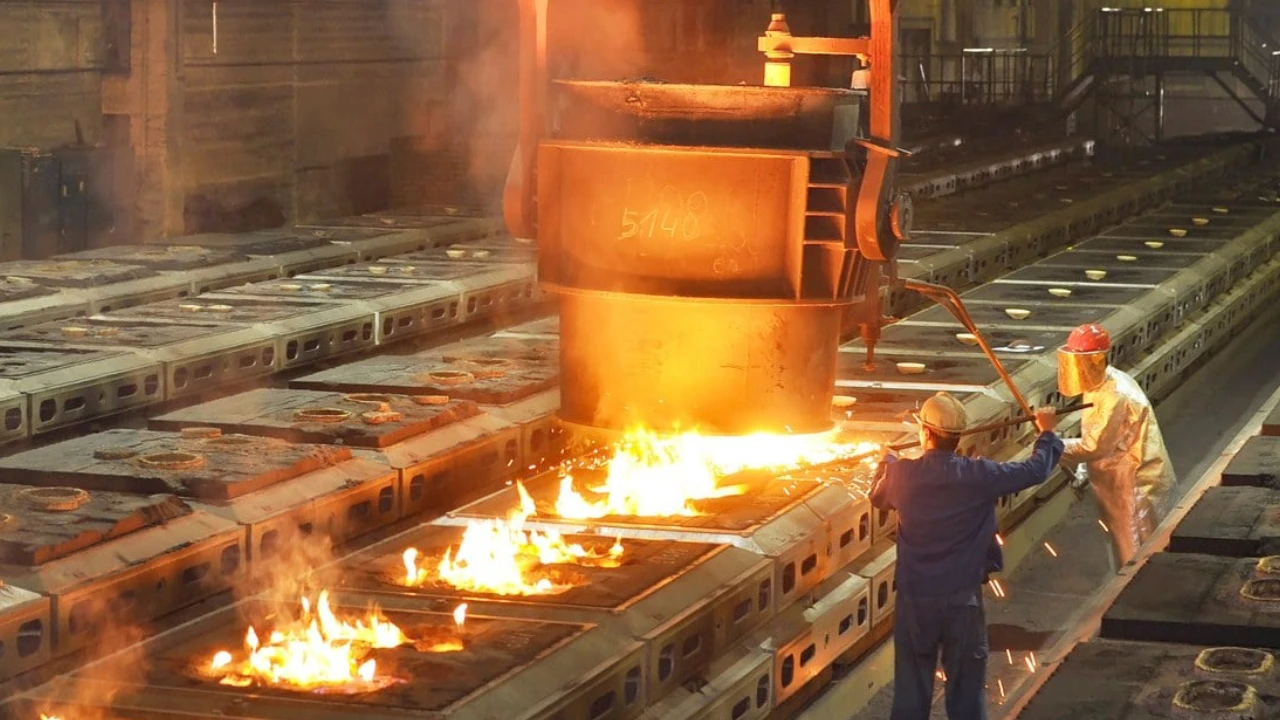The Role of Soda Ash (Sodium Carbonate) in Metallurgy

Introduction
Soda ash, or sodium carbonate (Na₂CO₃), is a versatile industrial chemical with profound significance in metallurgy. As a cost-effective and efficient fluxing agent, it plays a pivotal role in extracting, refining, and processing metals. This article explores the multifaceted applications of soda ash in metallurgical processes, its benefits, and its impact on modern metal production.
What is Soda Ash?
Soda ash is an alkaline compound derived from trona ore or synthesized via the Solvay process. Its high melting point, reactivity, and ability to lower the melting temperature of silica make it indispensable in metallurgical operations. In metallurgy, soda ash primarily acts as a flux, facilitating the removal of impurities and enhancing the quality of finished metals.
Key Roles of Soda Ash in Metallurgy
1. Fluxing Agent for Impurity Removal
In smelting and refining, sodium carbonate reacts with Silicon dioxide and other gangue materials to form slag—a byproduct that separates impurities from molten metal. By lowering the melting point of impurities, soda ash ensures efficient slag formation, which is critical for producing high-purity metals like iron, aluminum, and copper.
2. Desulfurization in Steel Production
Soda ash is widely used in steelmaking to remove sulfur, a detrimental impurity that compromises metal strength. When added to molten steel, it reacts with sulfur to form sodium sulfide (Na₂S), which is then expelled as slag. This process enhances steel ductility, corrosion resistance, and overall structural integrity.
3. pH Regulation in Hydrometallurgy
In hydrometallurgical processes (e.g., leaching), sodium carbonate adjusts the pH of solutions to optimize metal recovery. For instance, it neutralizes acidic environments in uranium and gold extraction, improving the efficiency of solvent extraction and precipitation methods.
4. Aluminum Production
sodium carbonate is integral to alumina (Al₂O₃) production from bauxite ore. It aids in dissolving aluminum-bearing minerals during the Bayer process, enabling the separation of alumina, which is later electrolyzed to produce aluminum metal.
5. Recycling and Secondary Metal Processing
In scrap metal recycling, sodium carbonate removes coatings, oxides, and contaminants from surfaces. This ensures cleaner melts and reduces energy consumption during remelting.
Benefits of Using Soda Ash in Metallurgy
- Cost-Effective: Reduces energy costs by lowering melting temperatures.
- Eco-Friendly: Minimizes hazardous emissions compared to alternative fluxes.
- Versatility: Compatible with ferrous and non-ferrous metal processing.
- Enhanced Metal Quality: Produces metals with fewer defects and superior mechanical properties.
Applications Across Key Metallurgical Sectors
- Iron and Steel Industry: Desulfurization, slag formation, and refractory material production.
- Non-Ferrous Metals: Extraction of copper, nickel, and zinc via smelting and leaching.
- Precious Metals: Gold and silver refining through pH-controlled leaching.
- Aluminum Manufacturing: Critical for alumina refinement in the Bayer process.
Future Trends and Innovations
With sustainability driving industry priorities, sodium carbonate is gaining traction as a greener alternative to traditional fluxes. Research is ongoing to enhance its role in low-carbon metal production and recycling technologies, aligning with global net-zero goals.
Conclusion
Soda ash plays an indispensable role in metallurgy, contributing to efficient metal refining, smelting, and purification processes. Its ability to remove impurities, enhance metal quality, and reduce processing costs makes it a valuable asset in the metallurgical industry. As industries continue to seek cost-effective and sustainable solutions, the demand for soda ash in metal processing is expected to grow, reinforcing its significance in modern metallurgy.
For high-quality soda ash supply, contact ZÜMRÜT International Kimya Co., a trusted provider of industrial chemicals tailored for metallurgical applications.

